- Learning time
- 60 minutes
- First play time
- 150 minutes
Plains Indian Wars
Designed by: John Poniske
Plains Indian Wars allows 1 to 4 players to reenact the arrival of European settlers on the plains of the now-USA, and see how the various parties fought for their own ends: arrivals in search of a home, and existing inhabitants understandably hostile to see their homeland aggressively taken from them.
The game plays out on a large board with various regions of different colours, and cubes on them, denoting control (and, with the cubes, population) at the start of the game. The Northern Plains Tribes (green) Southern Plains Tribes (orange) who are politically neutral to each other, but resistant to the other enemy Indian tribes (purple) who nudge at the edge of the map, potentially looking to expand. These enemies work in tandem with three other factions: the Cavalry (blue) Settlers (brown) and attendant Wagons (white) making their way west, to the rockies. In a two-player game, one side acts for all the Plains Indians and the other the various opposed forces. With more players, these various factions are split amongst them. Essentially, it’s a battle for control: faction turns are decided randomly each round, with coloured discs drawn from a bag and that faction activating. Some are almost automated: Wagons always move west, and never start fights. Enemy tribes always add a single cube to their home territory, and then may move (which may result in a fight). For the four larger factions, there’s a little more to consider.
Each faction has a deck of fifteen cards and will (usually) start their turn with three cards in their hand. You must play what we’ll call an Engagement card (they’re sometimes called War Party or Migration) which allow you to add more of your factions cubes to the board and move around, triggering fights whenever you encounter the enemy. We keep mentioning fights, so let’s explain them here…
Basically each faction (except Wagons, who never start a fight) has a bespoke set of dice that are rolled, resulting in potential casualties for either side, the possibility of retreats, and even occasionally treaties that halt the battle and push the weaker force out of the territory. After you’ve added cubes, moved and fought, the next disc is drawn from the bag and that faction will now activate. But before we move on, it’s worth mentioning the four main factions also have Event cards they can play (optionally) on their turn as well.
There’s another disc in the bag we’ve not mentioned yet, with its attendant supply of black cubes. Whenever the black Transcontinental Railroad disc is drawn, the construction of the railroad advances from both east and west (using the black cubes), as long as there are settlers in the region in question to supply the workforce. The railroad isn’t just a thematic ornamentation, however: it’s presence defines both the advance and success of the newcomers, and functions as a game clock: when it’s finished, the game ends (the game can also end when someone runs out of cards).
And Plains Indian Wars isn’t just a battle for real estate. Both sides score points for controlling plains regions, yes. But just as the US factions get bonus points for completing the railroad, the Indians get bonus points for preventing it. The US get bonuses for each wagon cube that made it to the Rockies; the Indians get bonus points for any enemy tribe territory they control at the end of the game. So although it has the feel of a dice-laden punch-up, there is also a clear sense of narrative: the US factions push west with wagons, east and west with settlers and railroad, as the residents of the plains do their best to disrupt progress – and change history.
The guru's verdict
-
Take That!
Take That!
For every friendly faction, there are at least two hostile wars: this is a game of considerable struggle and constant combat.
-
Fidget Factor!
Fidget Factor!
High on that first play, with a bit of rules-referencing here and there, but settling into fast-moving turns and quick-fire battle. With two players especially, the pace is zippy.
-
Brain Burn!
Brain Burn!
It's a tactical and reactive game rather than one of long-term strategies (although the latter aren't entirely absent). Mostly it's looking at the Plains and establishing where best to hurt the other side: for the US, protect the settlers and wagons. For the Indians, halt their progress.
-
Again Again!
Again Again!
The combination of card decks shuffled before each play and the random outcomes of dice rolls mean Plains Indian Wars never plays the same way twice.

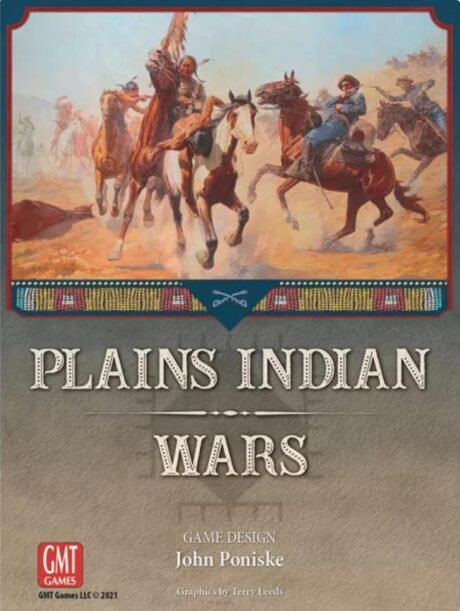
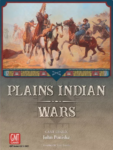
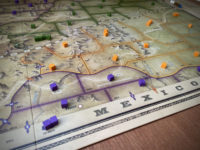
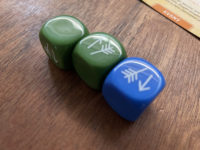
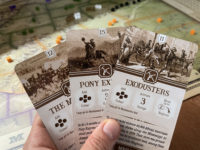
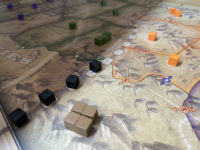





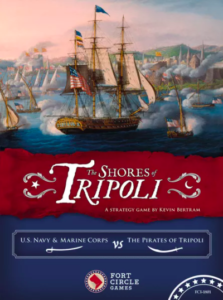
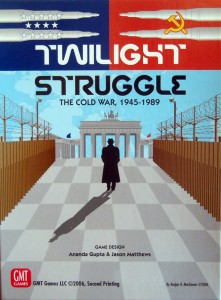
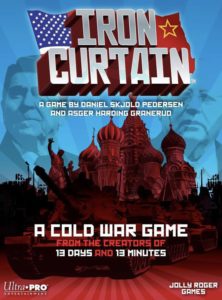
Sam says
There's a little more going on in Plains Indian Wars than we could squeeze in here: how certain factions interact, the cube limits to each region, the adjacent territories of Canada and Mexico, how the Wagons will fight (- when attacked), how a single cube can stage an ambush before any combat properly engages. Plenty to sink your teeth into. But the nub of the game is the kind of sprawling, four-way battle taking place around the Transcontinental as it snakes its way across the plains. Publisher GMT are renowned for games that reflect on history, seeking to educate rather than celebrate. Board-gaming is a hobby with a surfeit of titles that get the players to conquer distant lands, and after similar efforts in cinema and television, it's refreshing to see the reframing of this particular period of history. But it also works - very well - as a game. For the family gamer - as wildly opaque as that term is - there may just be a few edge-cases and special exceptions too many, meaning it's not as accessible as the similarly card-and-dice-driven 878 Vikings or 1812: Invasion of Canada. But if you're willing to fold the little nuances of the rules into your plays, Plains Indian Wars rewards.